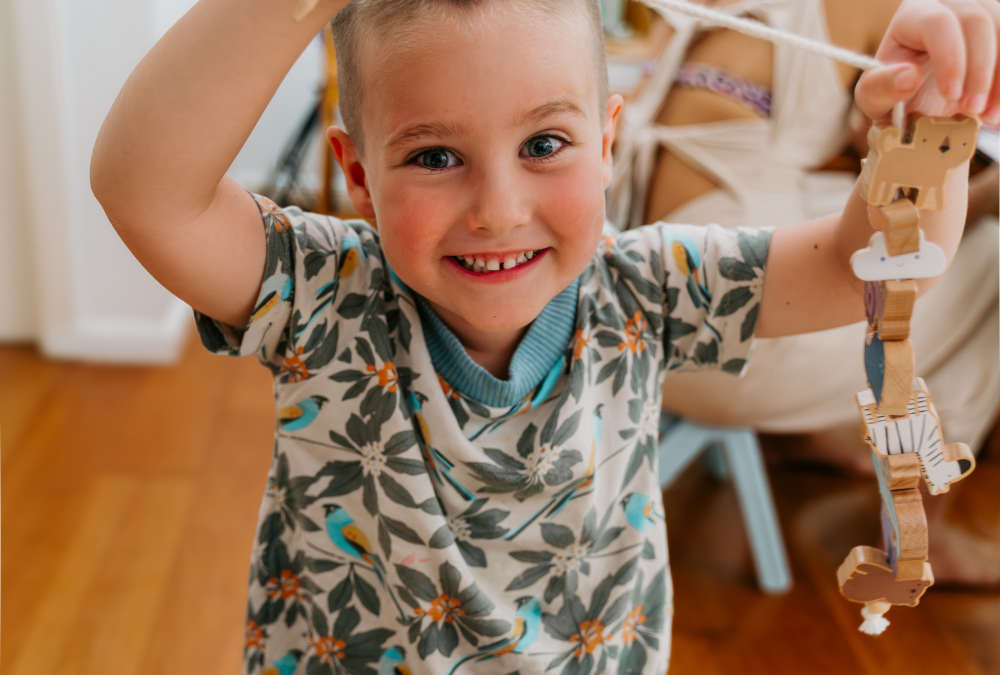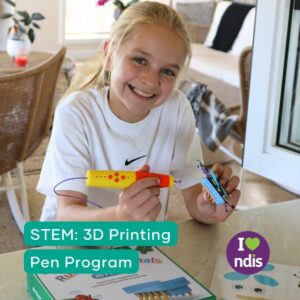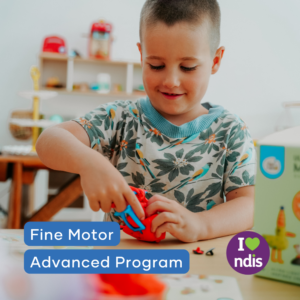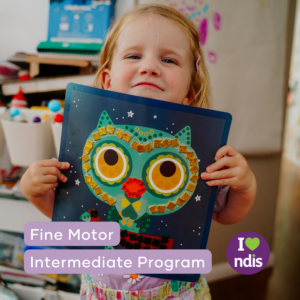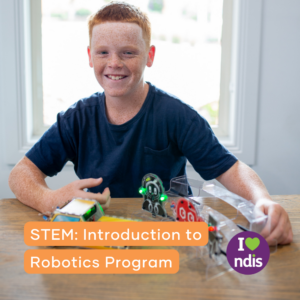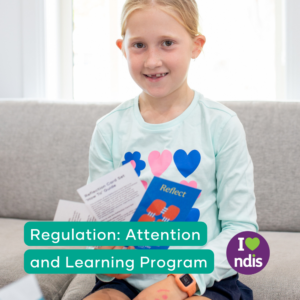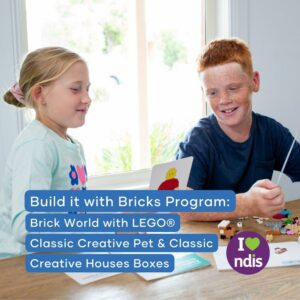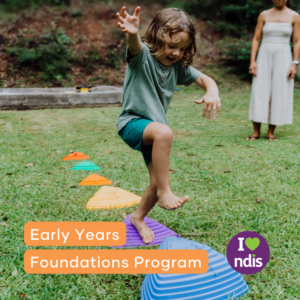
In this insightful blog, Hannah P discusses the concept of free play, reflecting on nostalgic memories of childhood and highlighting its importance in today’s world. Free play is defined as unstructured, child-directed play without specific rules or adult direction and some of it’s many benefits include fostering creativity, problem-solving skills, empathy, and physical development. Find out what free play looks like, such as inviting play spaces, sensory experiences, and outdoor activities, and discover ways adults can support free play, which includes being playful participants.

…unstructured form of playtime offers a wealth of benefits that are essential for a child’s holistic development. From enhancing creativity, problem-solving and critical thinking skills to fostering empathy, self-awareness, and physical prowess
Remember back to the carefree days of our childhood? Yeah, us too, and without turning this into a generation debate, childhood in the 80s and 90s simply seemed… simpler!
Time was spent climbing trees, playing backyard cricket, having water fights on hot days, designing aerodynamic paper planes, building cubbies and forts and playing a game of tiggy. Of course there were times when we would watch a kids’ show or play Nintendo with friends, but we generally preferred to be outside and more often than not, nowhere near our parents. In today’s world, there seems to be many more structured activities and screens.
Even with the intention of steering away from reminiscing about “simpler times” and “the good old days”, the same sentiments that caused significant eye rolls from our childhood selves, it’s hard not to look back fondly on those carefree days.
It seems that with each decade comes new challenges and new ‘normals’. Whether you love them or hate them, resisting things like technology doesn’t get us anywhere and that’s a conversation for another day. Today, we’re here to celebrate an aspect of our early childhood that still exists, how it benefits our children and why we need to do more of it. We are talking about ‘unstructured play’ or ‘free play’ as we refer to it in this blog.
There can be a misconception that free play lacks educational value and is a break from the ‘real’ work and learning for our children. However, research shows that free play is actually a rich learning experience when done right. It provides endless opportunities for children to problem-solve, nurtures language and communication abilities and cultivates emotional wellbeing.
Before we dive into the what, why and how of free play, let’s clarify all of the synonyms and terms that may be used to describe the concept of free play:
- Unstructured play
- Open-ended Play
- Child-directed Play
- Creative play
- Spontaneous play
- Self-initiated play
- Natural play
- Independent play
- Free-range play
- Playful learning
- Play-based
- Learning through play
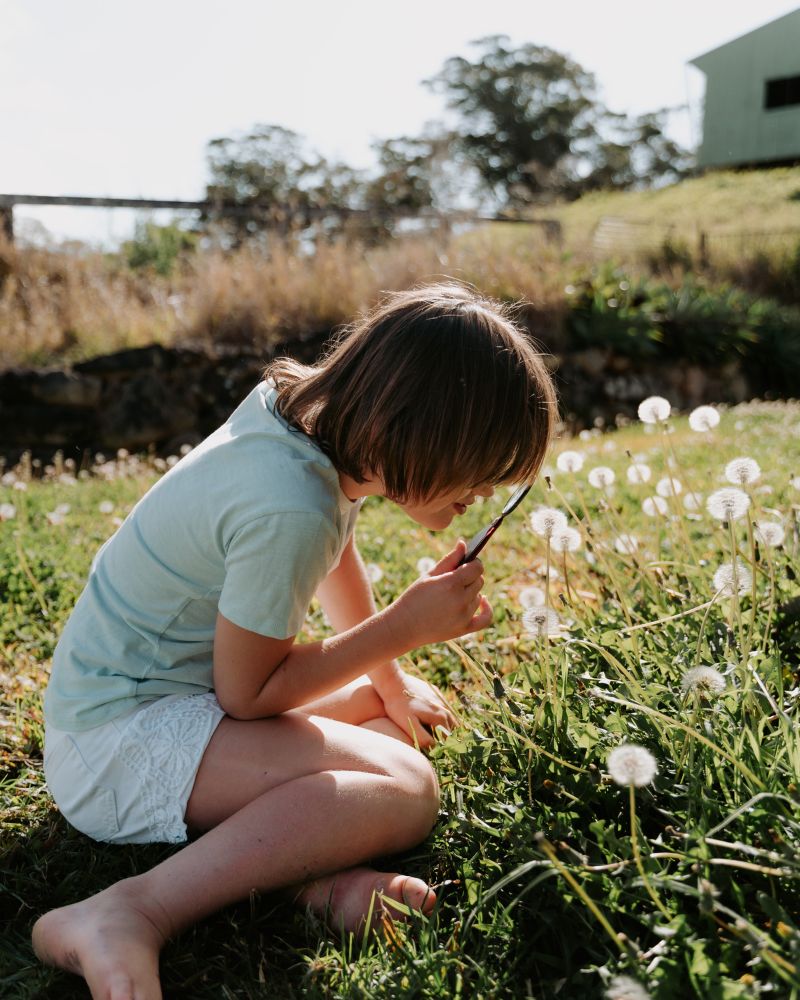
Free play: What it is and what it is not
Some will interpret the terms slightly differently, but free play and all of its synonyms generally reflect the idea of children engaging in play activities that are driven by their interests, choices and imagination, without specific rules, adult direction or agendas. The focus is on the inherent joy, curiosity and learning that can emerge when children are given the freedom to explore and interact with their environment on their own terms and in their own way.
What are the benefits of free play?
This unstructured form of playtime offers a wealth of benefits that are essential for a child’s holistic development. From enhancing creativity, problem-solving and critical thinking skills to fostering empathy, self-awareness, and physical prowess, free play provides a rich tapestry of experiences that are invaluable for children’s growth.
What does ‘free play’ look like?
- Inviting play spaces with shelves and with a variety of open-ended resources such as wooden blocks, lego, cars and animal figurines.
- Role play corner with various props such as dolls, dressups, play kitchen and pretend play resources.
- Sensory experiences like playing with sand, water, playdough, or sensory tubs filled with materials like rice, sand or shredded paper.
- Unstructured time where children can freely explore, experiment, and discover at their own pace.
- Art and craft activities that are open-ended in nature and do not have a prescribed outcome for the child to meet, include tools such as crayons, markers, paints, and paper.
- Loose parts play where children explore and manipulate objects, discovering their properties, textures, and possibilities.
- Outdoor play provides many opportunities for children to connect with the natural world, promoting curiosity, sensory exploration, and physical activity.
- Adults following and being responsive to children’s leads and interests. If a child is discussing vehicles you may place the petrol station resource on the shelves to scaffold the play.
- Adults provoking learning by scaffolding a child’s current interest and extending their ideas through open-ended play set ups.
How can adults support and foster free play?
Play provocations are a good place to start. There can be a misconception that free play means a bit of a ‘free for all’, but that does not have to be the case. A play provocation is an intentional arrangement created by an adult to stimulate children’s interests and often feature open-ended materials. For example, a tray filled with colourful buttons, ribbons and fabrics can spark imaginative crafting. A collection of seashells, pebbles and magnifying glasses may encourage scientific exploration. The key is to present objects or activities in a way that encourages children to interact, experiment and learn on their terms.
Adults can also still very much be involved in free play and many children will enjoy it when adults are playful participants in free play. Becoming a stellar play partner doesn’t require hours of your time, it requires you to show up and engage wholeheartedly. It’s about following along, listening, imitating and joining in. It’s about modelling playfulness, releasing your inhibitions and having fun. So, let your inner child shine, be present and let the magic of play strengthen the bond between you and your child.
Looking for a play provocation idea?
Play shops and markets are generally a winner! You may like to use the downloadable ‘Create your own pizza parlour’ resource to form a playful activity and become pizza chefs! Set up a mini pizza shop with menus and play ingredients to inspire creativity. You can include materials such as blank paper for menus, crayons and paper plates, as well as assorted craft supplies for pizza toppings. Placing aprons, chef hats, play money or other props in the play area may also spark imagination.
Remember, there is no ‘right’ way to play. Let your child lead and teach you how their particular pizza restaurant works!
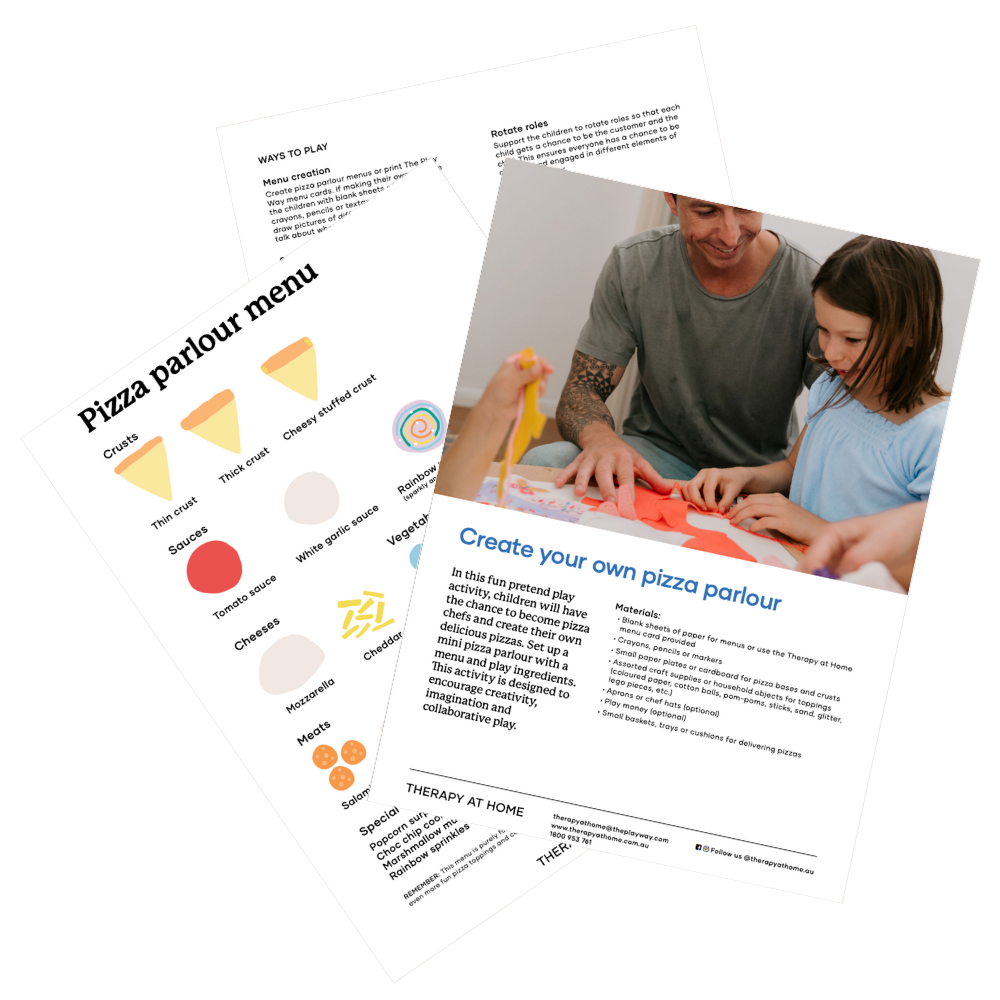
Final thoughts
In a fast-paced and increasingly structured world, the value of free play cannot be overstated. It’s in the playgrounds, backyards and living rooms where children’s minds and bodies come alive, allowing them to develop skills and characteristics that will serve them well throughout their lives. So, let them play freely and watch them flourish in ways that no structured activity can replicate.
28 MARCH 2024
WRITTEN BY HANNAH P
PARENT | PAEDIATRIC THERAPIST

